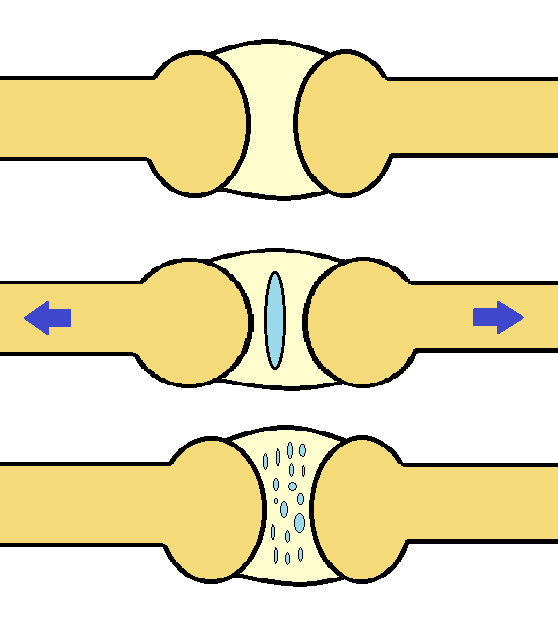One thing us chiropractors are largely known for is spinal manipulation or adjustments, or to a lot of people ‘back cracking’. Some people love it, some people hate it – but one thing for sure is that a lot of people can get relief and increased range of motion from manipulation pretty instantly. But what’s it all about? What does it do? What actually happens within the joint when we hear an audible ‘pop’?
Is the adjustment still effective even if we don’t hear anything ‘pop’? And the age-old question – does cracking your knuckles give you arthritis? So many questions – my job now is to make things a little clearer so you’ll know exactly what is happening the next time you get adjusted by one of our chiropractors.
Spinal Manipulation: why do we do it?
Chiropractors spend 4 years training to build up the skills within their hands to be able to feel what’s going on beneath the surface. This involves feeling how the joints move, feeling the muscle tone, checking range of motion of certain joints and most importantly we can identify when something isn’t functioning correctly.
If there is some degree of ‘dysfunction’, i.e. a joint isn’t moving properly or is restricted, then it is our job to restore or enhance the function of that joint, to bring it back to normal. Typically, we use manipulation (although this varies from patient to patient), which consists of a quick, precise thrust into a joint to bring it beyond the restrictive barrier, and restore the normal function of that joint. See? Simples!
Why do joints become dysfunctional?
Posture, lifestyle, repetitive dysfunctional movement patterns, the jury is out. What we do know is that once a joint is restricted or dysfunctional, chances are that the body’s natural adaptive mechanisms will kick in. So to adapt to these stiffened joints, the adjacent joints, ie. above and below, tend to become hypermobile, which means they move more than they should to be able to compensate.
A lot of people tend to click their own necks or backs, but usually what’s happening is that they’re really just clicking the hypermobile joint, and not making any difference to the dysfunctional joint itself.
What about the clicking?
Firstly, I need to clear up a common misconception. The clicking noise that you hear is not your bones crunching together. This is one of the main reasons that some people have reservations towards spinal manipulation as they’re afraid that the noise is coming from their bones. But do not worry – I can assure you it’s not. Now that we have cleared that up, let me explain what really goes on.
What is the crack?
So essentially when we perform an adjustment, we rapidly separate the 2 surfaces of the joint in question. The joints are encapsulated, and within this capsule we have a type of fluid called synovial fluid. The quick separation of the 2 surfaces creates a reduction in pressure within the joint cavity. In this low-pressure environment, some of the gases that are dissolved in the synovial fluid (which are naturally found in all bodily fluids) leave the fluid, and form a bubble, or cavity, which rapidly collapses upon itself, resulting in a “clicking” sound. These gas bubble dissolves back into the synovial fluid after 15-20 minutes or so.
Here’s a simple illustration to show how the bubble forms and collapses.

The next question – is the adjustment successful even if I don’t hear a click/crack/pop? The answer is yes. As I have explained, the clicking noise is simply formed by a bubble within the joint. The aim of the adjustment is to restore movement, and how do we do this? By delivering a quick thrust into the joint.
Whether or not the bubble within the joint develops is irrelevant – if there has been a significant thrust into the joint to restore the normal movement, then this will be able to be felt, pop or no pop. This is why you will notice that we recheck the joint afterwards, to feel the movement and to make sure we have restored the movement we were aiming for.
Does cracking your knuckles give you arthritis in your hands?
The answer is no, absolutely not. Many studies have been done on this and they have all conclusively come back and stated that there is no correlation between hand osteoarthritis and habitual cracking of knuckles. If anything, they lean towards the fact that it reduces the onset of arthritis!
Book an appointment now
